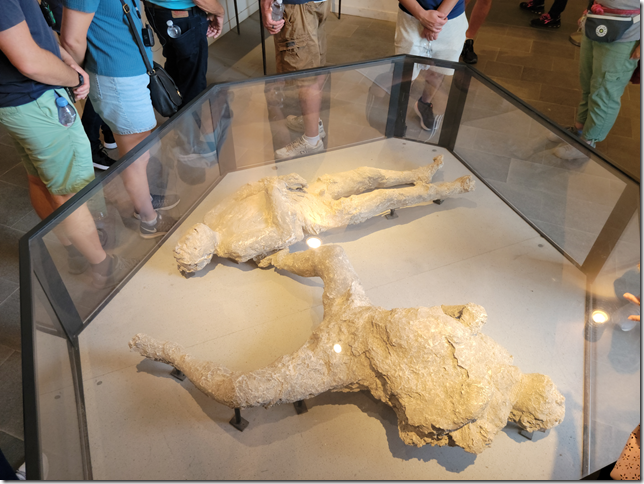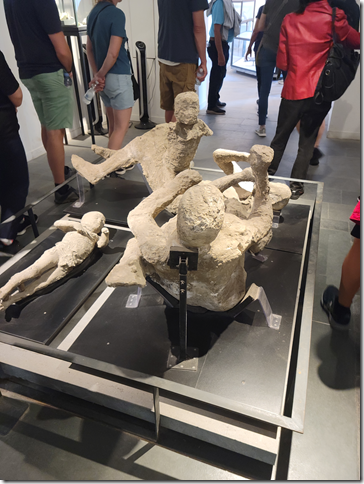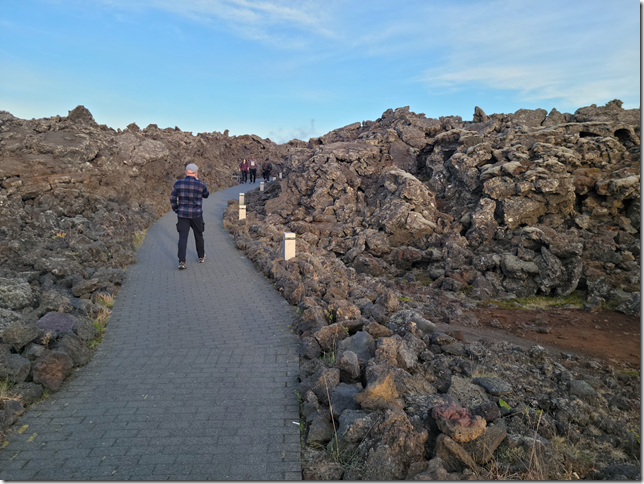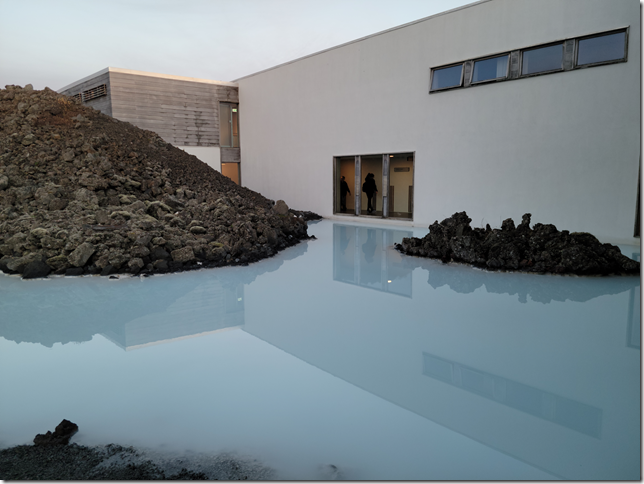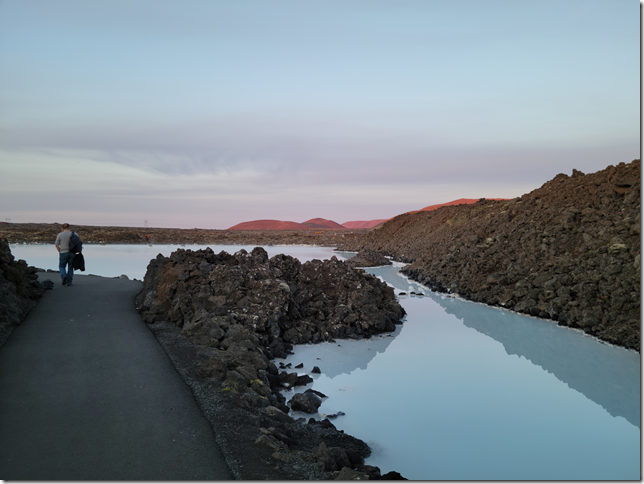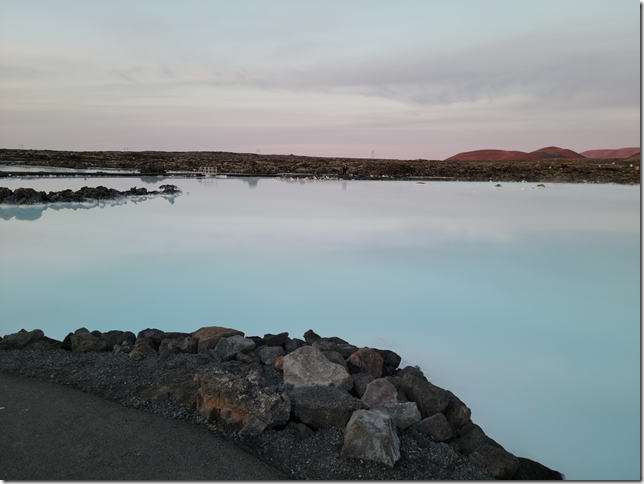Daughter Jaime frequently teases me about her being glad she didn’t inherit the packrat gene from me. It’s true that I keep a lot of stuff around that I haven’t used, especially books, since college or before. Barb also sometimes harasses (in a good natured way) about this. It could be environmental rather than a gene, but I know it is definitely something my family does. There are tools in my brother’s shop that belonged to our great-grandfather and haven’t been used since I can remember. As I have grand children those tools will be seen by original owner’s great-great-grandchildren.
In my brothers houses there other things too, canning jars, folding beds, and lots of books that belonged to my parents and grandparents. It’s just tough to throw so much of that stuff away. As my brother Doug and I say, almost in unison, “They MEAN something to me.
Around the barn and in the woods behind the house there are farm implements that haven’t been used in 50 years. I don’t think there is anything that belonged to my grandparents but there is stuff that my grandfather saw my father using.
Back to Jaime. Because this is my chance to get back at her for all those decades of her teasing me.
Jaime is a software developer for Microsoft and during COVID obtained permission to work from home “forever”. With the Antifa and BLM riots and others stuff going on she sold her condo in Bellevue, walking distance to the Microsoft main campus in Redmond and moved to Black Diamond about an hour south of her condo. In another few years she plans to move to Idaho. She bought five acres of land a couple years ago and will start building a house soon. It used to be farm land and without any attention the weeds are taking over. I told her I would help her get the weeds under control but she will have to take over. I told her we need to cultivate it about every two weeks all summer. The weed seeds will sprout, and then be easily killed by the cultivation before they very big. In the fall we will plant grass and in a couple of years the grass with dominate almost all the weeds.
But how to cultivate it? She needs a little tractor and a cultivator. We can get a rototiller for the first take at the ground this spring, but need something else to hit the weeds with every couple of weeks.
I couldn’t find or rent the type of cultivator that would be appropriate for the job. Talking to brother Doug about the problem I said, “I wish we had something like the old spring tooth I used to pull behind the D4 when I was in grade school.” Doug immediately told me, “It’s down in the woods, near the well. And that would be almost perfect.” We discussed it and as we remembered it, it probably was made of four, 4-foot sections. One of those sections could probably be pulled by a medium sized lawn tractor.
Today my brothers and I restored a two sections of that old spring tooth I spent hundreds of hours pulling behind the tractor when I was of grade school age.
Here are the pictures.
You can barely see it in the grass and brush, but brother Doug is attaching a chain and we pulled the four sections out with brother Gary’s pickup.

All four sections had some damage from a tree being fell on them by a logger a decade or so ago. We selected the best three, one to use for parts and the other two for restoration, and took them to the shop.

Some of the fittings for connecting the four sections together for a 16-foot implement had to be cut off with a cutting torch. The bolt were rusted solid. All the other repairs we had to do involved bolts which need less “persuasion” and we were able to reuse.


Here is the end result:

This is what is left of the section we used for parts.

I still need to attach a cable to it for a hitch. I cut the cable to the proper length and will get the clamps and stuff tomorrow. In two weeks Jaime will visit Idaho, we will attach the cable and after she admits having a packrat gene comes in handy sometimes, we will transport her spring tooth to her property.
Like this:
Like Loading...












